
The scarcity of water is largely prevalent in most areas across the world. For consumers in domestic, agricultural, and industrial sectors, clean and constant supplies of water are a requirement. Many individuals have resorted to borewell drilling as an option for a self-sufficient supply of water. Yet drilling a borewell is a significant investment that demands some planning, clearance with relevant authorities, and environmental considerations. Wondering whether borewell drilling is the right choice for your property? Then, take the comprehensive guide to make an informed decision.
What is Borewell Drilling?
Borewell drilling refers to digging a deep, narrow well into the ground to utilize underground water reserves. This is particularly useful where surface water cannot meet the requirements or is unavailable for consumption. Utilizing high-end drilling equipment, borewell operators can reach down to an aquifer—the layers of water-bearing soil or rock—offering a long-term solution to meeting water needs.
Why consider borewell drilling?
Reliable Supply of Water: Borewells utilize the potential water supply in the ground to provide a reliable supply even in dry zones.
Economical over the Long Term: Though borewell investment appears higher initially, it often proves economical compared to frequent municipal or tanker water usage.
Adjusted Depth: The drilling can be precisely adjusted so that water can be drawn at any depth in accordance with the geological conditions of your property 1. Location and Water Table Depth Success of a borewell depends upon how deep and readily available the groundwater is on your land. Hire a hydrogeologist to carry out a site survey to determine where to drill. 2. Borewell Cost Borewell costs are expensive and vary according to many factors such as depth, diameter, and geological conditions. On an average, borewell drilling is ₹80 to ₹200 per foot in different regions of India, but it is costlier for deeper and rocky lands. Filters, pumps, and casing pipes are other expenses. 3. Regulatory and Environmental Aspects Should comply with local regulations with drilling and obtain respective permits. Should follow environmental regulations in order not to face penalties and conserve water for the future. 4. Geological Aspects Type of soil, rock composition, presence of hard rock or sand may influence the extent in terms of the cost of drilling. Professionals with experience in drilling can handle these factors better. 5. Long Term Maintenance Borewells must be cleaned, desilted, and pumps repaired periodically to ensure a steady supply of water. Knowledge on the process of borewell drilling can assist you to prepare for the project as well as give you an approximate budget. Here are the step by step: Step 1: Site Survey and Selection A hydrogeologist surveys your place to select the optimum location for drilling. Such a survey would ensure better success in locating water as well as minimizing the probability of a dry bore well. Step 2: Mobilization of Drilling Machinery The drill site is set up, and drilling companies mobilize machinery like rotary or percussion rigs depending on the soil and rock conditions. Step 3: Drilling The drill begins, and personnel in charge monitor the depth and changes in geology. Depth ranges between 50 to 1,000 feet in most cases but can be more where the water table is at some considerable depth. Step 4: Toughest Sinking -Installation of casing Casing pipes are given to prevent the collapse of the borewell and from entering contaminants. These casings are PVC or of steel. Step 5: Installation of pump At that point the water hits the submersible or jet pump is hung into the borehole to extract water. Step 6: Testing and handing over They test the yield of the borewell (water output per hour) and water quality. On successful test, the borewell is ready to be used. Advantages Self-Reliance: Borewells eliminate dependence on external water supplies, hence providing independence and security. Savings in Water Bills: In due course, borewells save money on water bills and tanker charges. Good Yield: Properly drilled and maintained borewells provide water supply without interruption for many years. Disadvantages High Upfront Costs: The borewell can be very expensive, especially if it is deeper or on a challenging terrain Environmental Problems: Over-extraction of borewells leads to a drawdown in the aquifer causing drought-like condition for years together Risk: Even after the site survey, there is no assurance that water can be obtained at the selected location or depth Maintenance Costs: Borewells need periodical maintenance for proper flow without contamination. Conduct a Thorough Survey: Invest in a professional hydrogeologist to avoid dry drilling attempts. Choose the Right Contractor: Select a reputable drilling company with transparent pricing and experience in your area. Opt for Quality Materials: Using durable casing pipes and pumps can reduce maintenance expenses in the long run. Monitor Depth: Drilling deeper than necessary increases costs without guaranteeing more water. Share Costs: If practicable, utilize a borewell shared by estates neighboring your estate to split the cost. Sustainability and Environmental Impact Borewells have, in fact ended the water shortage problem, but over-extraction of borewells is unsustainable in the long term as it has the propensity to cause: Water table depression. Drying out of natural wells and water bodies in the adjacent areas. Land subsidence. Control extraction: Use borewell water substantially, for example for non-essential purposes. Recharge of Wells: Implement rainwater harvesting systems to recharge the groundwater levels. Monitoring: Regularly monitor water levels and usage to prevent over-extraction. Borewell drilling can be a game-changer for properties facing water shortages, but it is not taken lightly. Your property's geological conditions, borewell costs, and long-term maintenance requirements make the go/no-go decision. Prioritize sustainable practices to minimize the negative environmental impacts as much as possible while ensuring that the source of water lasts long enough. How much does borewell drilling cost? Borewell costs usually range from ₹80 to ₹200 per foot with regard to depth, soil type, and location. Do I choose a property to drill a borewell? There are hydrogeological surveys to identify whether your property contains groundwater, of which type is best suited for drilling. What is the average lifespan of a borewell? A borewell, if well maintained, can last for 15–25 years based on the quantum of usage and geological conditions. Do I require permission to drill a borewell? Yes, most regions require a license to drill a borewell. Consult the local authorities before commencing the process. How often should a borewell be maintained? Recommended maintenance intervals are every 2–3 years, which includes cleaning and pump servicing, for optimal efficiency.Factors to keep in mind prior to drilling a borewell
Borewell Drilling Procedure
Advantages and Disadvantages of Borewell Drilling
How to make borewell drilling less expensive
How to Drill a Sustainable Borewell
Conclusion: Is Borewell Drilling Right for You?
FAQs On Borewell Drilling


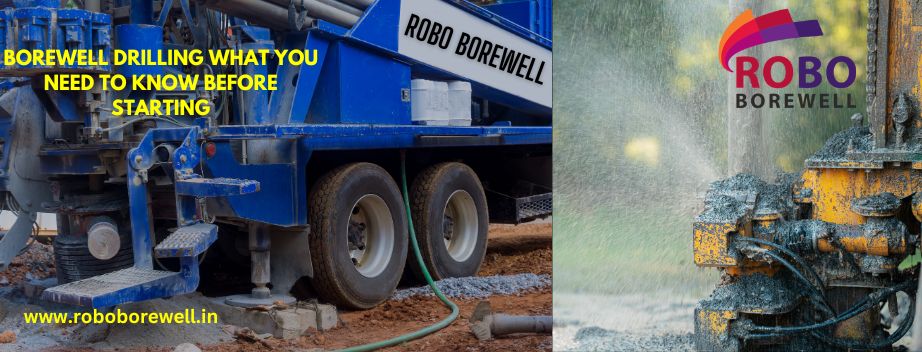
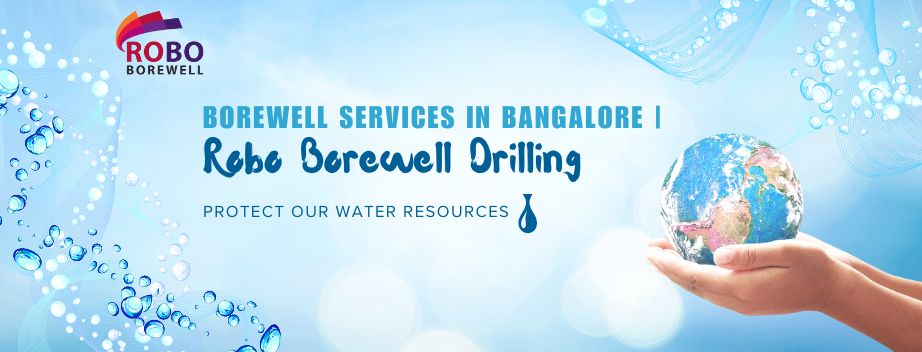


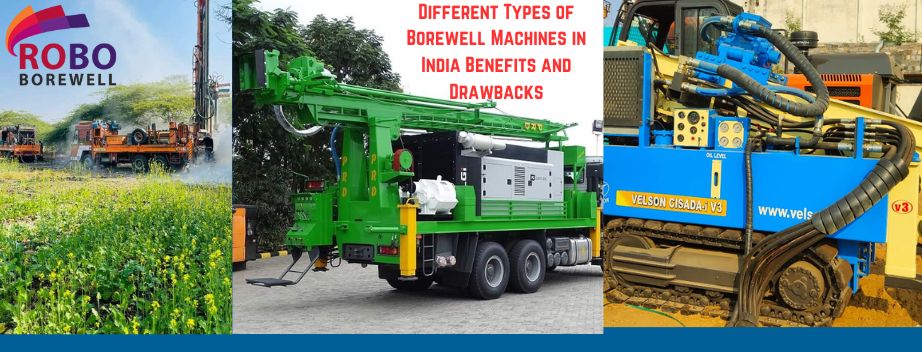
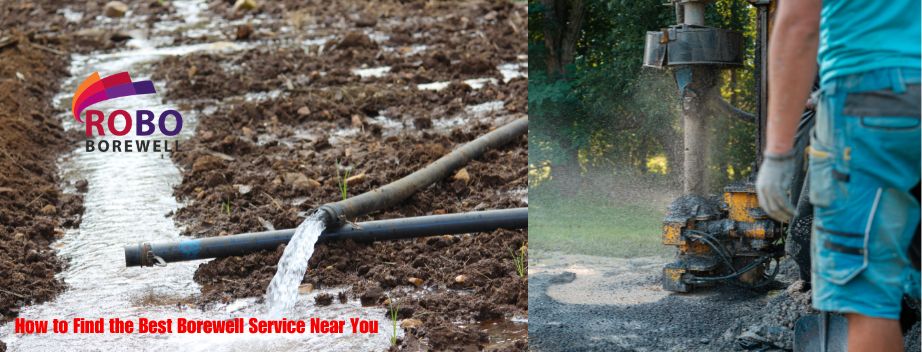
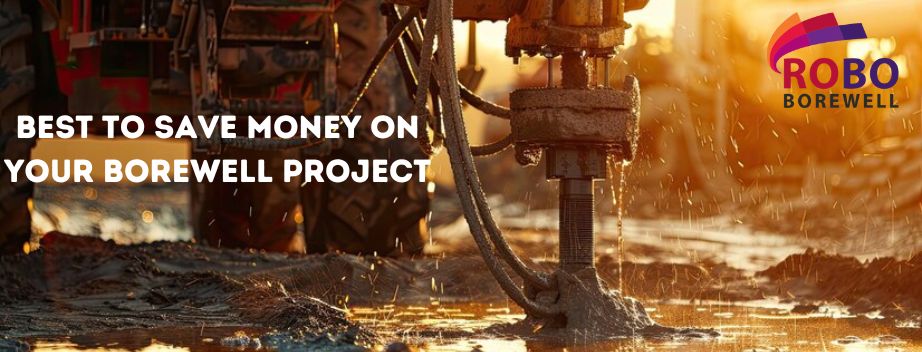
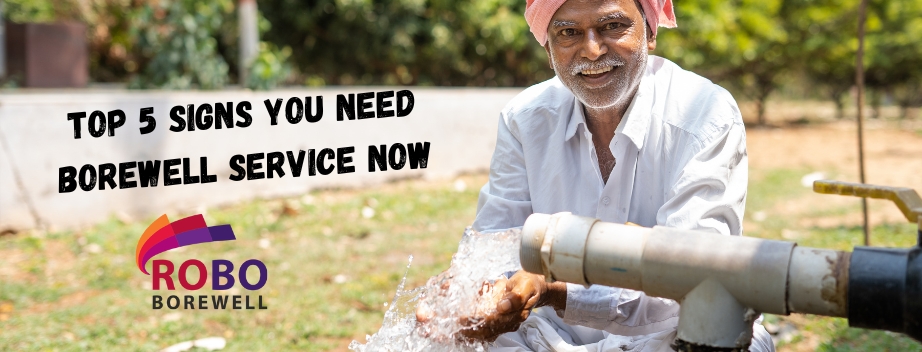
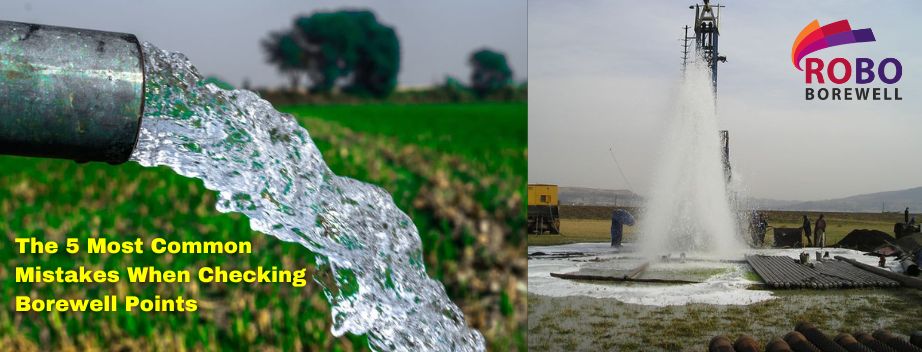
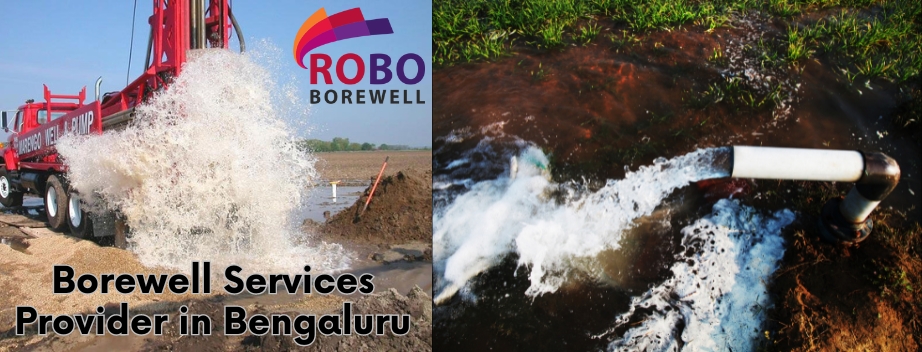
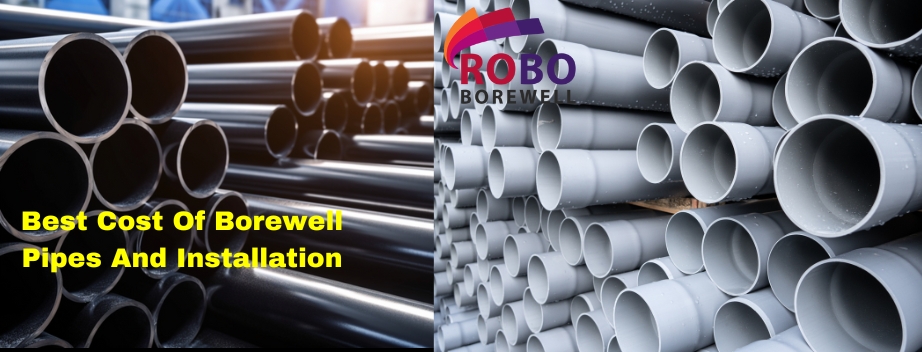
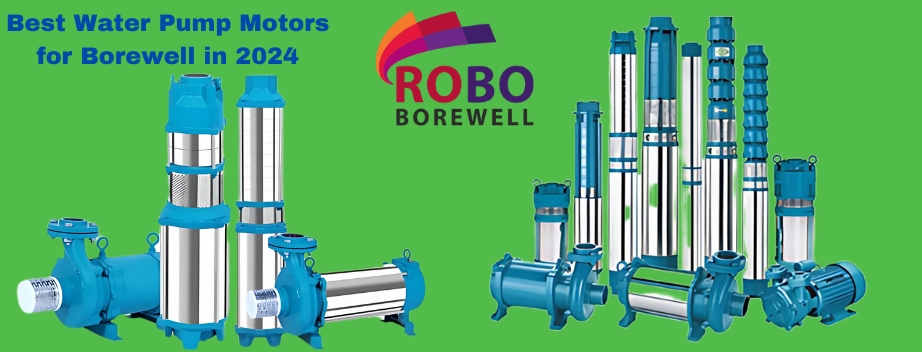
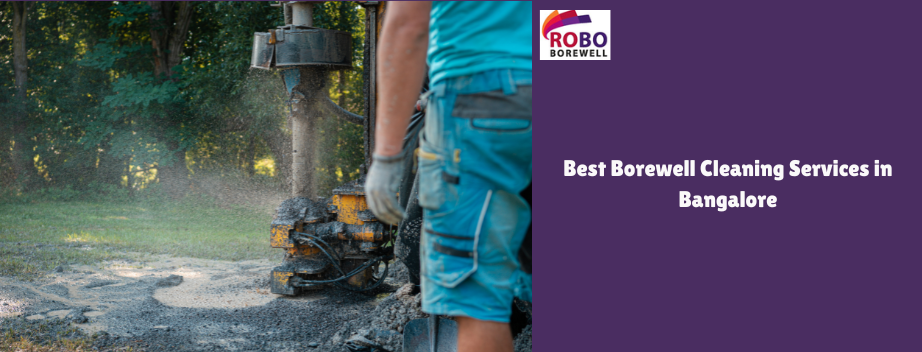


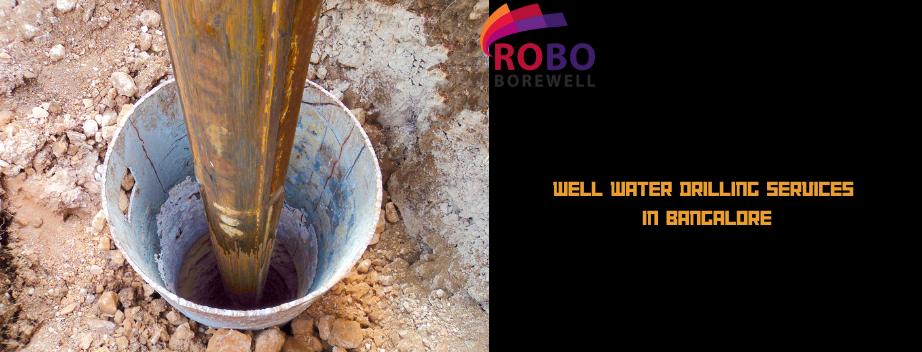
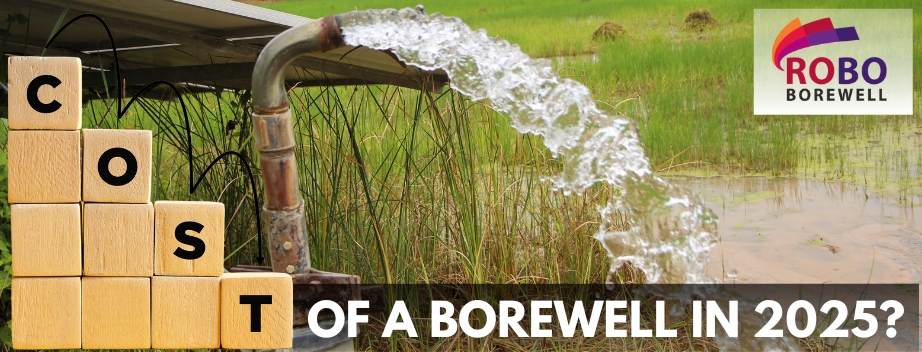
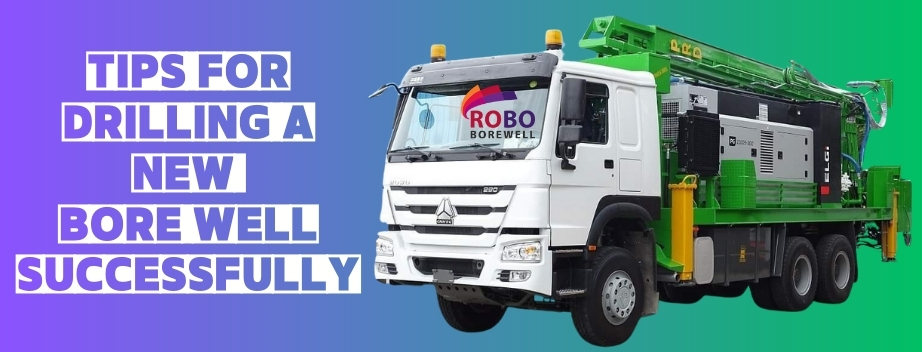
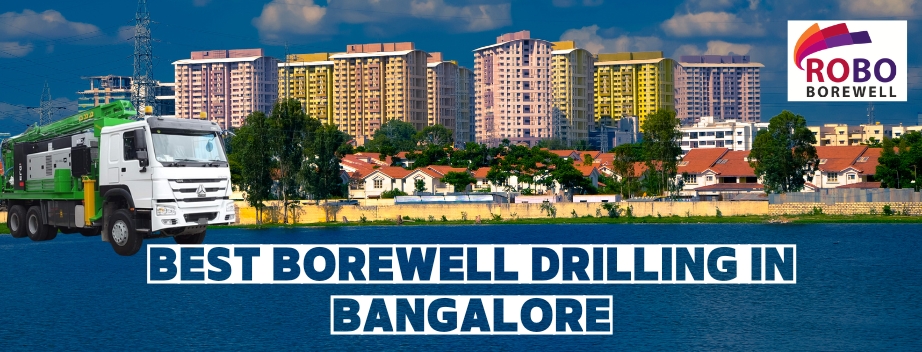
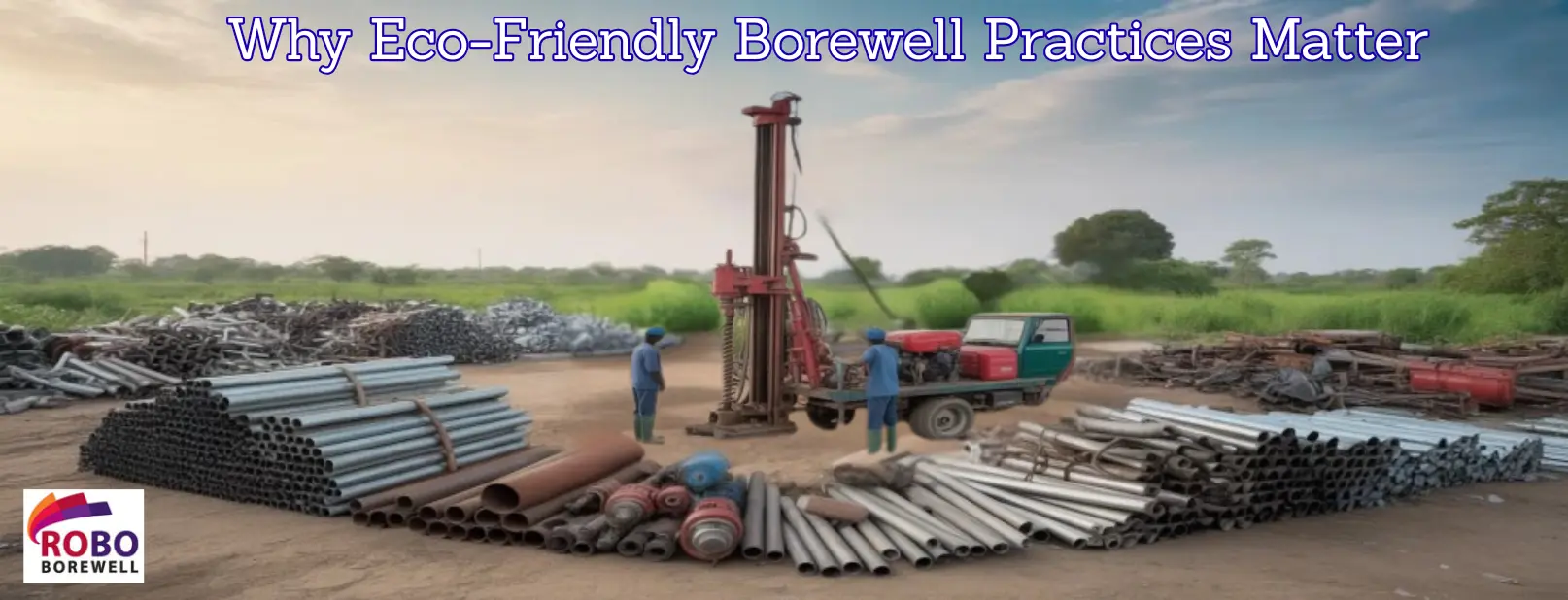
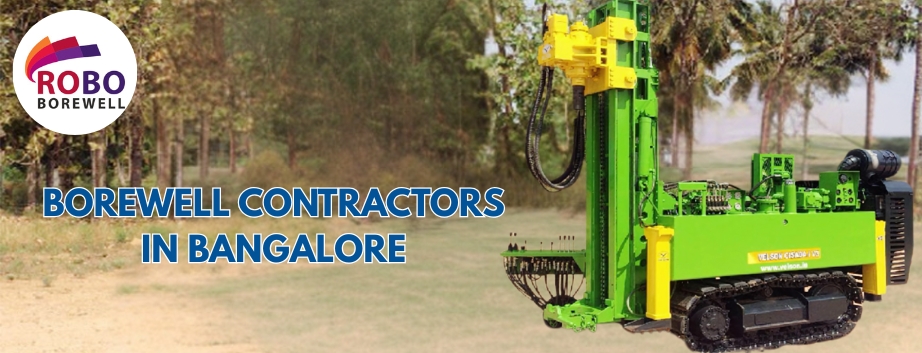
Add a comment